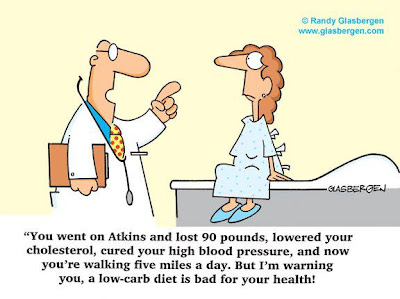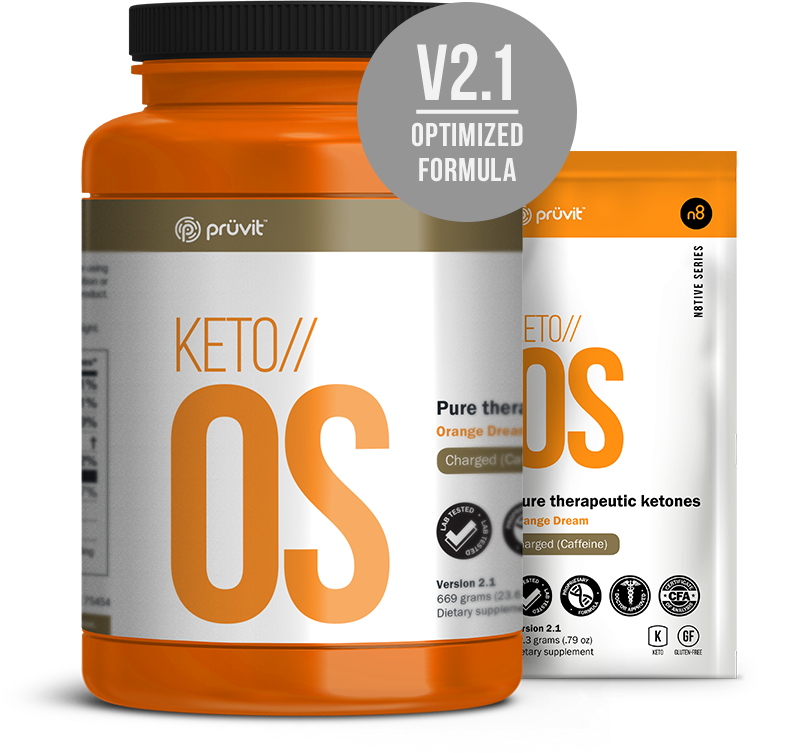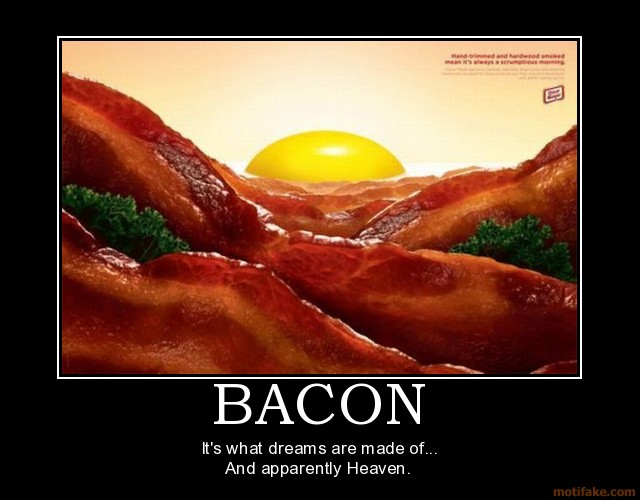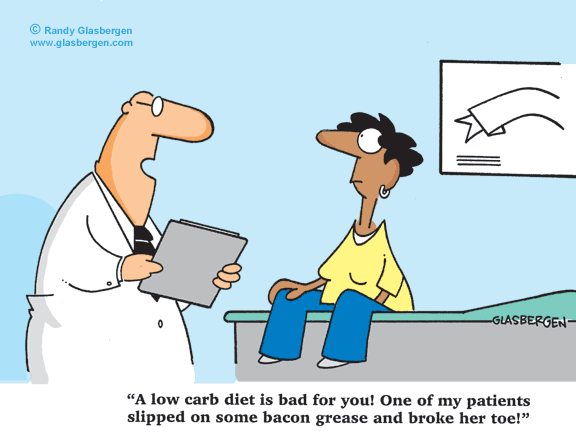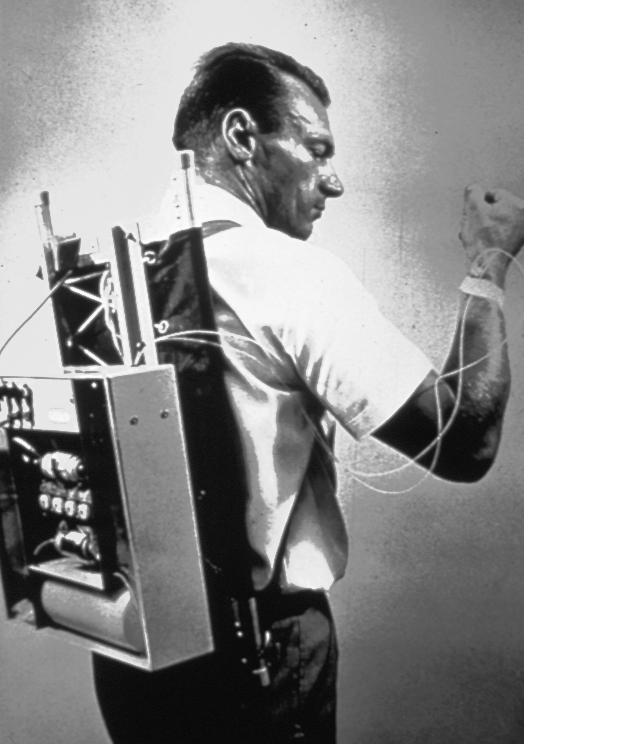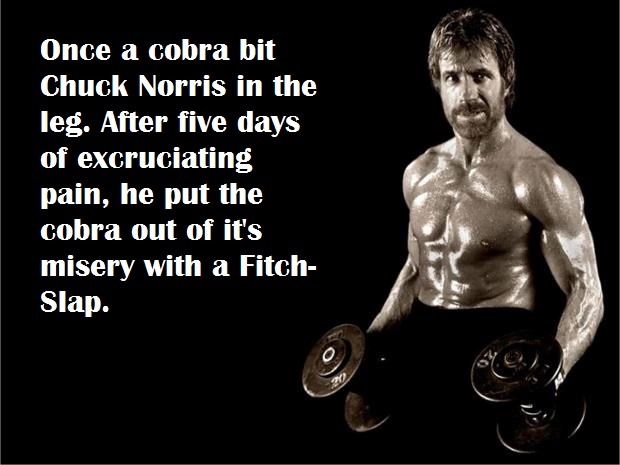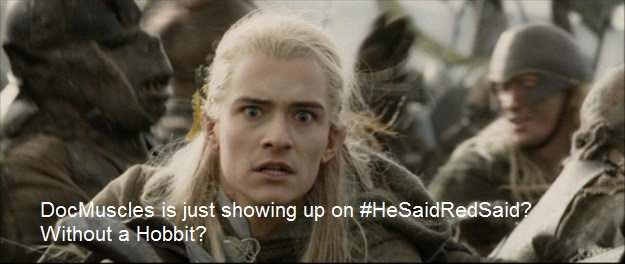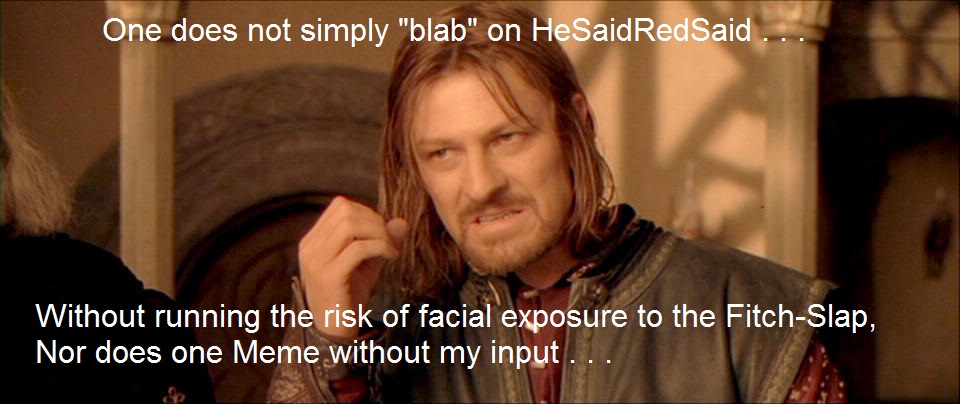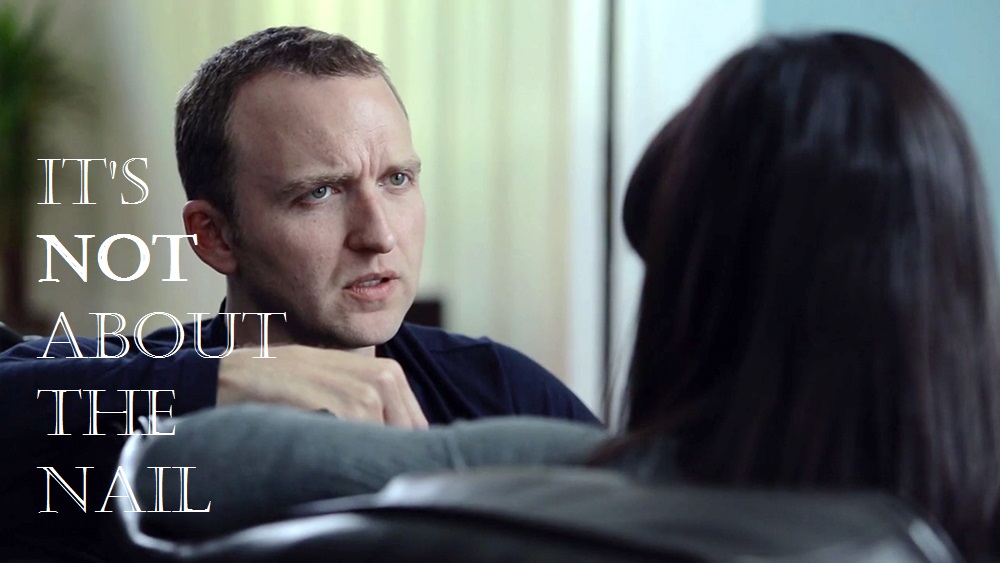Not all of us have access to effective sedatives . . . So, for the rest of us in the real world Here are 7 ways to deal with annoying in-laws and family during the Holidays:
- Manage your expectations. Setting realistic expectations is the key to not getting frustrated or angry with your partner’s family. It’s inevitable that there will be differences and disagreements, but don’t try to change them or assume that things will be different this year. Instead, strive to find some common ground. It is ok to disagree, but don’t focus on differences, focus on the common ground.
- Make it a team effort. Include your in-laws in the planning. Ultimately, everyone wants to feel important and included. A team effort makes every family member feel like an essential part of the meal or party. If someone doesn’t like to cook or bake, have him or her bring something to drink, flowers, a game or the plates and napkins. People get along when they feel listened to and included.
- Recognize it for what it is: a control issue. Seriously, it’s about control. Often we take comments from our in-laws personally, especially if it’s about something important to us, like our marriage, parenting style or work situation. Keep this in perspective: Your in-laws’ comments aren’t about you; they’re a reflection of them. Usually the most prickly issues are about who will have the most influence and control. Parents are fearful of losing total control over their child. They also don’t like to acknowledge that they are getting older themselves — and losing some of their power. When you recognize this, you can ask for input or advice, making them feel less out of control in the relationship.
- Respect differences. You can’t change anyone’s behavior or opinion, so be a role model and show respect for everyone’s point of view. If there’s a topic that creates too much conflict — like politics or religion or food — steer clear of it. You don’t have to accept your in-laws’ opinions, just respect them and listen politely.
- Set emotional boundaries. Don’t spill your guts about everything in your life, and establish limits around what you ask others — and how much you’re willing to shape-shift to accommodate them. Most of us want to be accepted and liked, especially by our in-laws, and sometimes we do and do and do for them at our own expense. Shape-shifting and attempting to conform is physically and mentally exhausting. Boundaries are what you will and will not do. You and your spouse should decide together what the boundaries are in your own family. For example, if you value your kids’ early bedtimes, you may not attend evening events, even if it’s your sister-in-law’s birthday.
- Enlist your partner’s help. If you’ve tried to communicate directly with your in-laws but there’s too much tension and conflict, it might be time to ask your spouse to step in. He might have to talk to them alone or come to your rescue when you’re in their company. This may not be easy for him, because parents tend to push our buttons. He might have to say, for instance, “Mom, this is how my wife feels about this issue. Please respect her. It’s important to me that you two get along.” Always focus on maintaining a healthy relationship with your spouse as the number one priority. You two are a team and should act as a united front when addressing issues with each other’s parents.
- Always Be Kind. Your kids are always watching and listening, so it’s important to value kindness in all your interactions with family members and extended family. Extend kind greetings to your in-laws and speak in a respectful tone at all times, even if you don’t feel like they do the same to you. No one wins if you try to treat others like they treat you.














